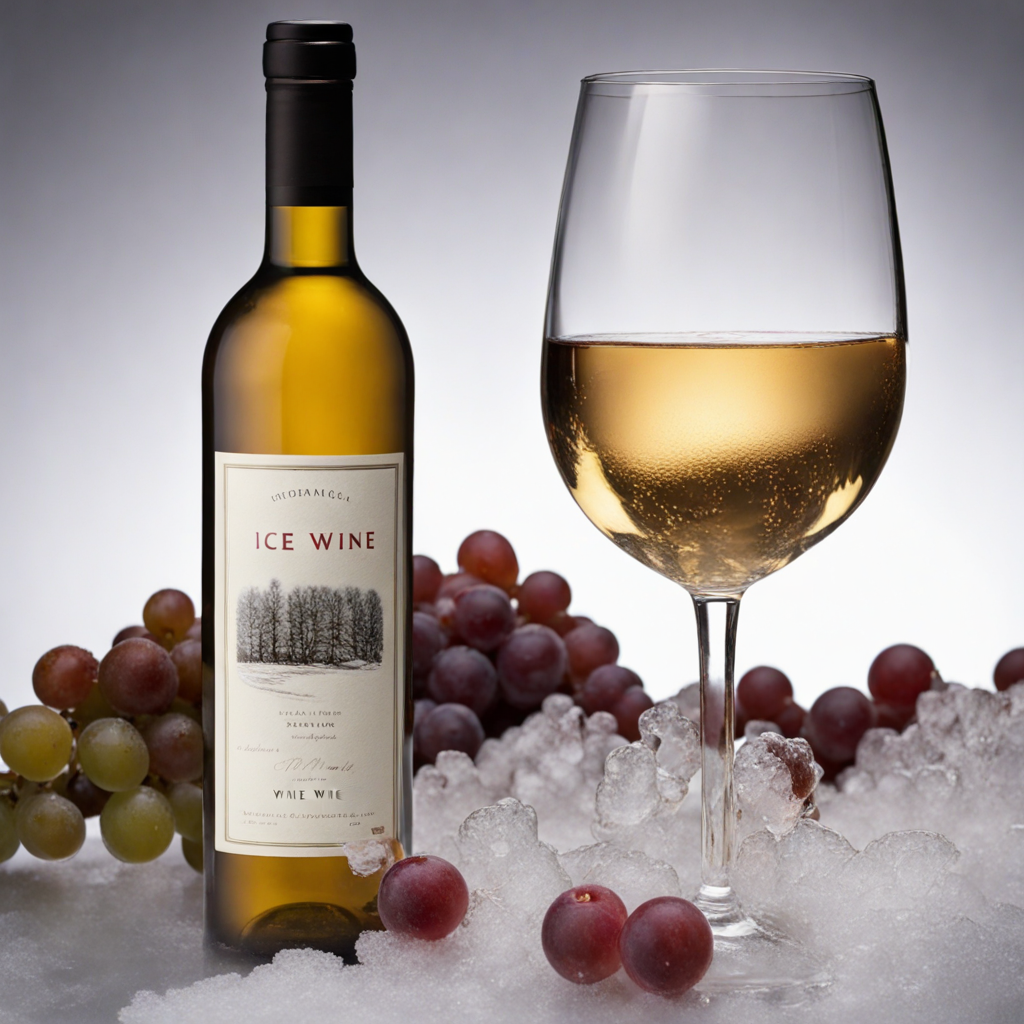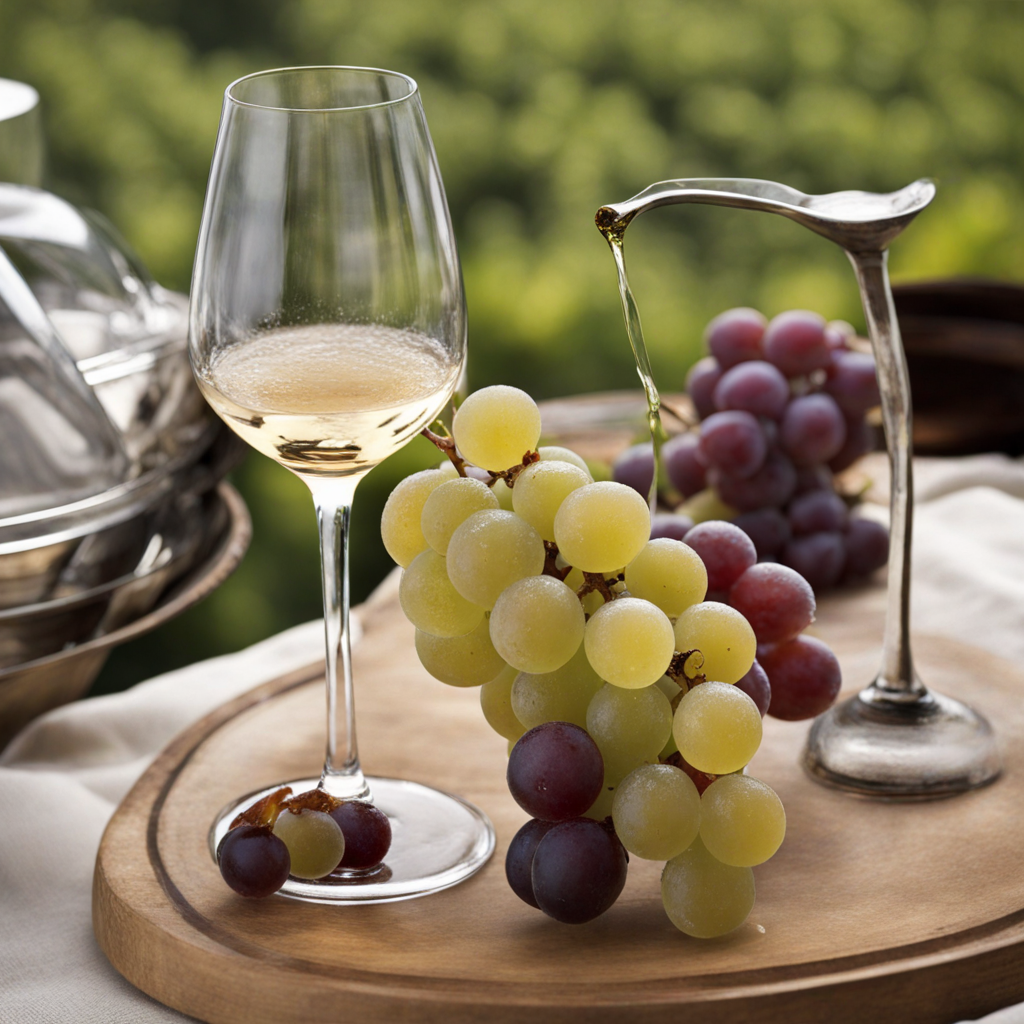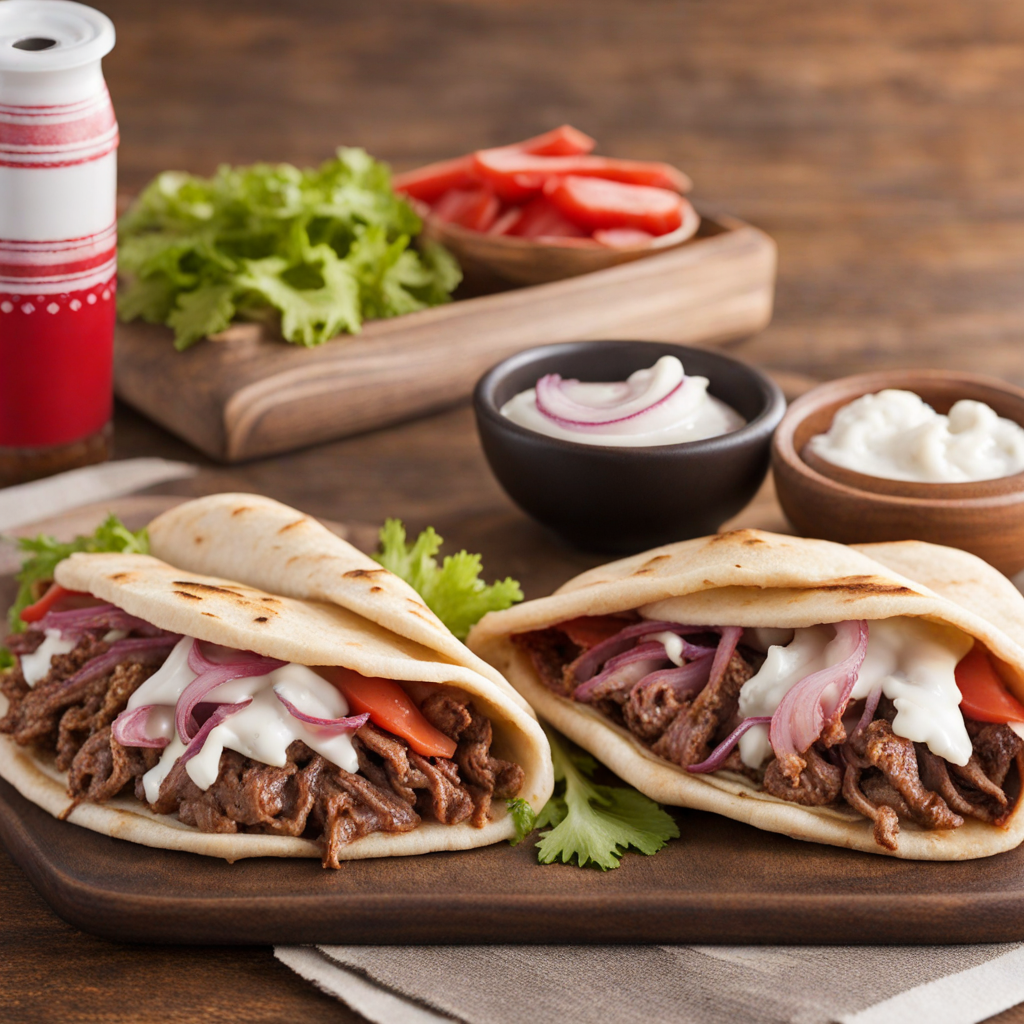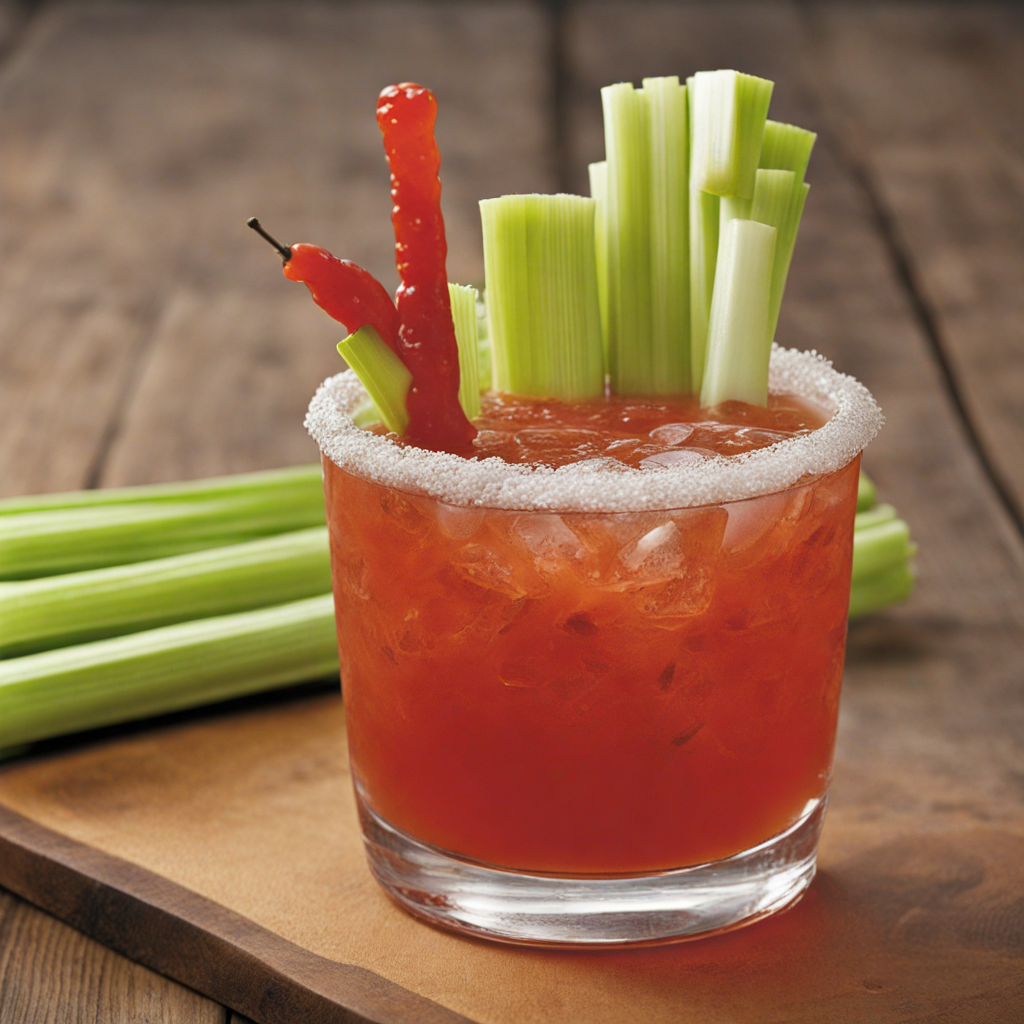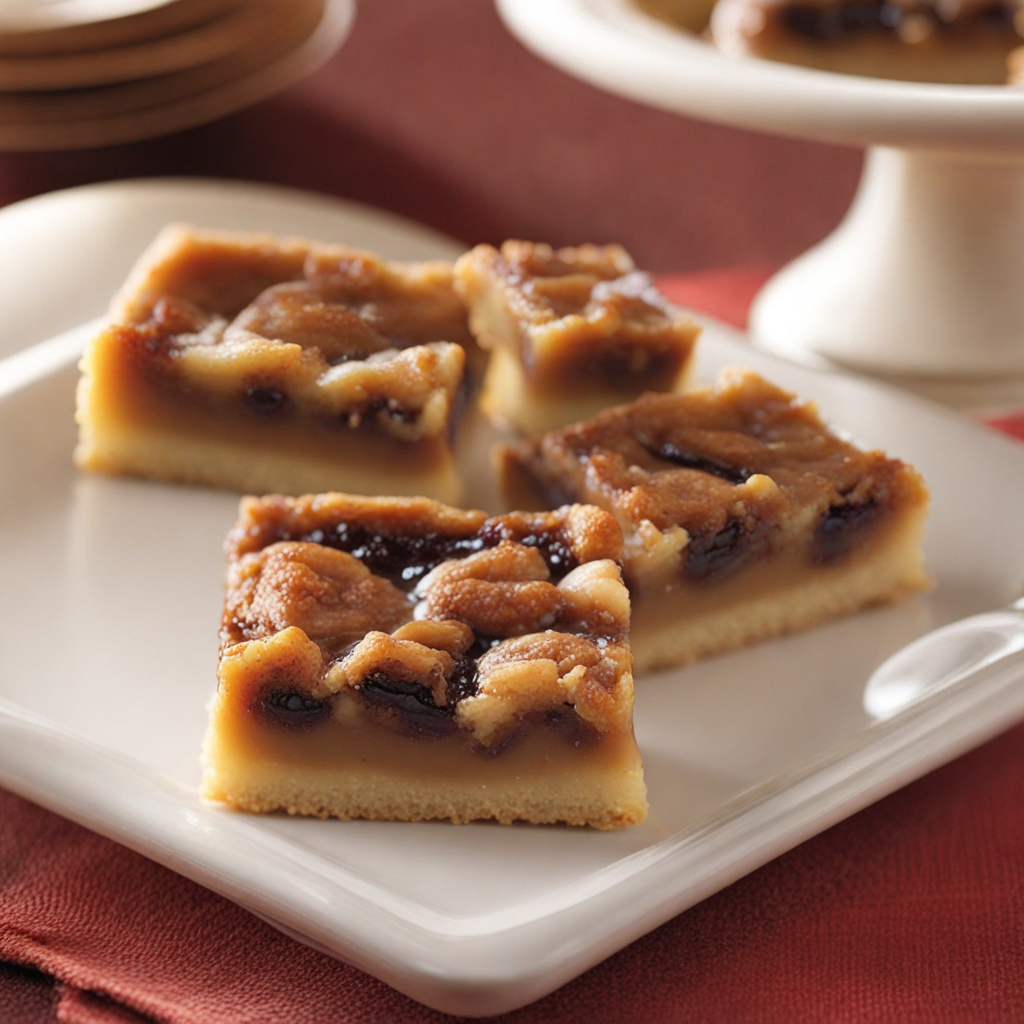Ice Wine
Ice wine, a unique and luxurious dessert wine from Canada, is crafted from grapes that have been naturally frozen on the vine. The process begins when the temperature drops significantly, typically below -8°C (17.6°F), allowing the grapes to freeze while still on the vine. This freezing concentrates the sugars and flavors within the grapes, resulting in a rich and syrupy wine that is both sweet and complex. The grapes are harvested in the dead of winter, often during the night, to ensure that they remain frozen until they are pressed, yielding a small quantity of intensely flavored juice. The flavor profile of Canadian ice wine is a delightful explosion of sweetness and acidity, showcasing notes of honey, stone fruits such as peaches and apricots, and a hint of citrus zest. The balance of sweetness and acidity makes it a refreshing choice despite its rich nature. It is often described as having a luscious, velvety mouthfeel that coats the palate, leaving a lingering finish of exotic fruits and floral aromas. This unique taste experience is further enhanced by the terroir of the region, with Canada’s cold climate contributing to the distinctive qualities of the wine. Ice wine is typically enjoyed as a dessert wine, served chilled in small portions to complement rich desserts like cheesecake, fruit tarts, or chocolate. However, it can also be paired with a variety of cheeses, especially blue cheese or creamy brie, which contrast beautifully with its sweetness. With each sip, ice wine offers an exploration of flavors that transport the drinker to the snowy vineyards of Canada, making it not only a beverage but a sensory journey through one of the country's most celebrated culinary treasures.
How It Became This Dish
The Enigmatic History of Vin de Glace: Canada’s Icy Wine Vin de glace, or ice wine, is a unique and celebrated dessert wine that has its roots deeply embedded in the cold climates of Canada, particularly in the Niagara region of Ontario. This exquisite wine is crafted from grapes that have been naturally frozen on the vine, a process that not only requires specific climatic conditions but also reflects the rich agricultural traditions and innovative spirit of Canadian winemakers. #### The Origins of Vin de Glace The genesis of vin de glace can be traced back to the German tradition of Eiswein, a style of wine that has been produced since the 18th century. German winemakers would leave grapes on the vine until the first frost, allowing them to freeze before they were harvested. The freezing process concentrates the sugars and flavors in the grape, resulting in a sweet, luscious wine. However, it was not until the 1990s that vin de glace gained prominence in Canada. The Canadian climate, particularly in regions like Niagara, was found to be conducive to producing this style of wine, with its cold winters providing the necessary freezing temperatures. The first commercial production of ice wine in Canada is credited to Inniskillin Winery, which, in 1989, produced a small batch of ice wine that would go on to win international acclaim. This marked a pivotal moment for Canadian viticulture, positioning the country as a serious contender in the global wine market. #### Climate and Terroir: The Perfect Conditions The terroir of the Niagara region is characterized by its unique microclimate, which combines warm summers with cold winters. The temperature fluctuations allow the grapes to develop complex flavors while remaining on the vine until they reach ideal ripeness. The primary grape varieties used for vin de glace are Riesling and Vidal Blanc, both known for their high acidity and ability to maintain sweetness even in freezing temperatures. The process of creating vin de glace is labor-intensive and requires precision. Grapes must be harvested while frozen, typically at temperatures of -8 degrees Celsius (17.6 degrees Fahrenheit) or lower. Following an overnight frost, winemakers carefully handpick the frozen grapes, ensuring that only the ripest fruit is selected. Once pressed, the juice extracted is rich in sugars and flavor compounds, resulting in a concentrated liquid that is fermented into the final product. #### Cultural Significance: A Reflection of Canadian Identity Vin de glace has become emblematic of Canadian winemaking and is often viewed as a cultural treasure that reflects the country’s harsh yet beautiful climate. The wine embodies the spirit of innovation and resilience that is ingrained in the Canadian identity. As the global wine industry has evolved, vin de glace has carved out a niche for itself, attracting attention from wine aficionados and casual drinkers alike. The success of vin de glace has also spurred a sense of pride among Canadian winemakers, who have embraced this unique product as a point of differentiation in a crowded wine market. Festivals, tastings, and events celebrating ice wine have sprung up across the country, further embedding it into the fabric of Canadian culture. Moreover, vin de glace is often associated with special occasions, holidays, and celebrations in Canada. Its sweet and luscious profile makes it a perfect accompaniment to festive meals, dessert pairings, and gatherings, enhancing its significance in social and cultural contexts. #### Development Over Time: From Niche to Notoriety Since its inception, the production of vin de glace has seen remarkable growth. After Inniskillin’s initial success, other wineries in the Niagara region began to experiment with ice wine production, leading to an explosion of interest and experimentation. Over the years, producers have diversified their offerings, exploring different grape varieties and methods, and pushing the boundaries of what vin de glace could be. In the early 2000s, the Canadian wine industry began to receive international recognition, with vin de glace at the forefront. Awards and accolades poured in from prestigious wine competitions, solidifying Canada’s reputation as a producer of high-quality ice wines. As a result, vin de glace became a sought-after commodity in international markets, with exports reaching various countries including the United States, Germany, and Japan. The rise of vin de glace also coincided with a broader trend of sustainable and organic winemaking practices. Many Canadian producers began to adopt environmentally friendly farming techniques, focusing on the preservation of the land and a commitment to quality. This not only improved the quality of the wine but also appealed to a growing consumer base that values sustainability. #### Challenges and Innovations Despite its success, the production of vin de glace is not without challenges. The reliance on specific climatic conditions makes it susceptible to climate change, which poses significant risks to the future of ice wine production. In recent years, warmer winters have led to unpredictable harvests and have forced winemakers to adapt their practices. In response to these challenges, Canadian wineries have shown remarkable ingenuity. Advances in technology, such as climate-controlled vineyards and enhanced vineyard management practices, have allowed producers to better predict and respond to climatic shifts. Additionally, some wineries are experimenting with new grape varieties that may be more resilient to changing weather patterns, ensuring the continuation of this cherished tradition. Furthermore, the rise of globalization has introduced a new competitive landscape for Canadian vin de glace. As other countries, particularly in Europe, begin to explore ice wine production, Canadian producers are faced with the challenge of maintaining their unique identity and quality. #### Conclusion: A Legacy of Sweetness Vin de glace has come to symbolize the unique agricultural heritage of Canada, marrying tradition with innovation. As it continues to evolve, the wine stands as a testament to the passion and dedication of Canadian winemakers who have embraced its potential. From its humble beginnings to its status as an internationally acclaimed product, vin de glace encapsulates the spirit of Canadian resilience and creativity. As consumers seek out unique and authentic experiences, vin de glace remains a shining example of what Canadian winemaking has to offer. Whether enjoyed on its own or paired with a delectable dessert, this sweet elixir invites drinkers to savor not just its flavors but also the rich tapestry of history, culture, and innovation that lies behind every bottle.
You may like
Discover local flavors from Canada


